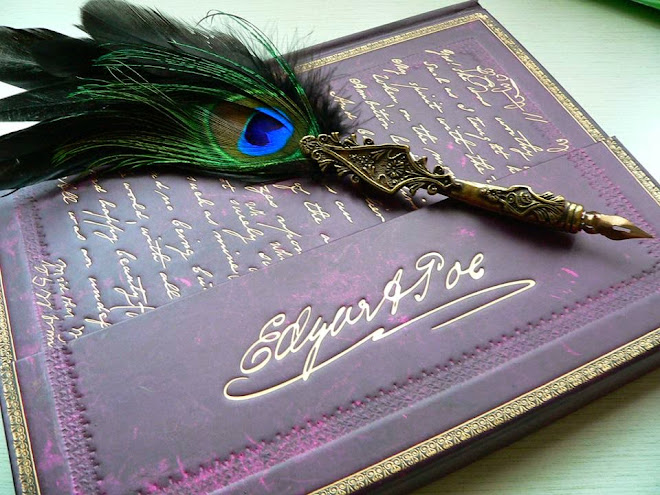A corset is a garment worn to hold and shape the torso into a desired shape for aesthetic or medical purposes (either for the duration of wearing it, or with a more lasting effect). Both men and women are known to wear corsets, though women are more common wearers.
In recent years, the term "corset" has also been borrowed by the fashion industry to refer to tops which, to varying degrees, mimic the look of traditional corsets without actually acting as one. While these modern corsets and corset tops often feature lacing and/or boning and generally mimic a historical style of corsets, they have very little if any effect on the shape of the wearer's body. Genuine corsets are usually made by a corsetmaker and should be fitted to the individual wearer.
The most common and well-known use of corsets is to slim the body and make it conform to a fashionable silhouette. For women this most frequently emphasizes a curvy figure, by reducing the waist, and thereby exaggerating the bust and hips. However, in some periods, corsets have been worn to achieve a tubular straight-up-and-down shape, which involves minimizing the bust and hips.
For men, corsets are more customarily used to slim the figure. However, there was a period from around 1820 to 1835 when a wasp-waisted figure (a small, nipped-in look to the waist) was also desirable for men; this was sometimes achieved by wearing a corset.
An overbust corset encloses the torso, extending from just under the arms to the hips. An underbust corset begins just under the breasts and extends down to the hips. Some corsets extend over the hips and, in very rare instances, reach the knees. A shorter kind of corset, which covers the waist area (from low on the ribs to just above the hips), is called a waist cincher. A corset may also include garters to hold up stockings (alternatively a separate garter belt may be worn for that).
Normally a corset supports the visible dress, and spreads the pressure from large dresses, such as the crinoline and bustle. Sometimes a corset cover is used to protect outer clothes from the corset and to smooth the lines of the corset. The original corset cover was worn under the corset to provide a layer between it and the body. Corsets were not worn next to the skin, possibly due to difficulties with laundering these items during the 19th century, as they had steel boning and metal eyelets which would rust. The corset cover would be in the form of a light chemise, made from cotton lawn or silk.
Corsage refers to the bodice of a dress. In the 19th century, corsage was a common term for a woman's bodice or jacket.
In modern usage, corsage is often confused with a corset, but a corset is tighter. A bridal corset is often a corsage. Originally, a bouquet of flowers, flower bud, or a bow was worn on the corsage between the breasts, hence the name corsage for a cluster of flowers worn on the breast, waist or wrist.
(all infos taken from wikipedia)
"So, what happened to the corset? In 1960, DuPont introduced Lycra to the manufacturing process, making whalebone or metal-framed corsets obsolete, and transforming the corset proper into the girdle. Then in the 70s bra-burning feminists brought cries for less restrictive, more natural feminine fashions. But the corset never completely vanished, no it's still here and it's still absolutely the hallmark of fashion! " - taken from marieantoinettinteriors.blogspot.com
Some famous corset lacing scenes:
Scarlett O'Hara in Gone with the wind:
Rose in Titanic:
♥





















1 comment:
Thank you. i never really knew the difference. Some time ago I tried to look it up, but in slovak somehow, I found only the flower thing under corsage :D
I like corsets, they look so amazing on women, but I don´t own any. just those "fake corsets". But I like them too.
Post a Comment